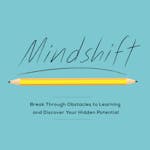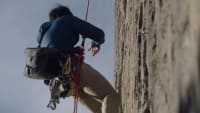Description
In this course, you will :
- Describe how you would present your experience on a resume.
- Determine which errors spell check will not catch.
- Recognize the proper format for presenting your employment dates in your professional experience section.
- Remember when you'll need a traditional resume in the entertainment industry.
- Explain what you could do to fill the gap on your resume after being unemployed for more than six months.
- Describe the advantages of sending a handwritten thank-you note after an interview.
- Identify some actions you can take to assist you in identifying and eliminating red flags before applying for a job.
Syllabus :
1. Basic Components of a Resume
- The goal of an objective statement
- Your summary of skills section
- Showcase professional work experience
- How to present your education
- Display membership in an organization
- Showcase volunteer work and experience
- Add a technical or computer skills section
2. Customizing the Basic Resume Components
- Customize identifying information
- Include optimal contact information
- Include keywords in professional experience
- Tailor your education to match the job
3. Upgrading Your Resume
- How to use achievements on your resume
- Use awards to upgrade your resume
- When to include publications on your resume
4. Layout and Formatting Choices
- Resume formats and layouts
- Resume-friendly software
- The functional resume
5. Alternative Resume Design
- United States curriculum vitae (CV)
- European resumes
- Marketing resumes
- Entertainment resumes
- Design/architecture resumes
6. Handling Common Hurdles
- Tips for college grads and early careers
- How to tackle large gaps and longevity
- How to handle a career change
- Tips for job hoppers
- Manage long term unemployment
7. Using Your Resume to Get the Job You Want
- Use your objective to focus the reader
- How to showcase the skills an employer wants
- Use your experience as a roadmap
- Strategies for using your education
- The value of your volunteer work
8. Standing Out from the Crowd
- Use thank you notes to follow up
- Prepare your references
- How to follow up without stalking
- Manage your online presence
9. Best Practices for Using a Resume
- Resumes and online applications
- How to use a resume during an interview
- Resumes and networking
- Resumes and informational interviews
10. Conducting a Proactive versus Reactive Job Search
- Identifying companies
- Determining fit
- Finding a contact









